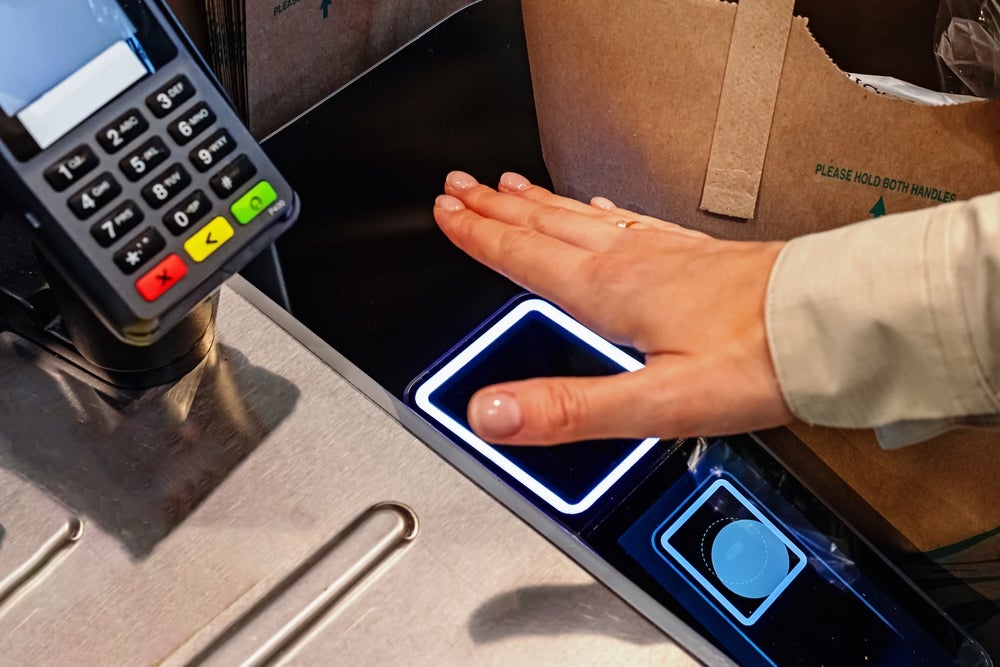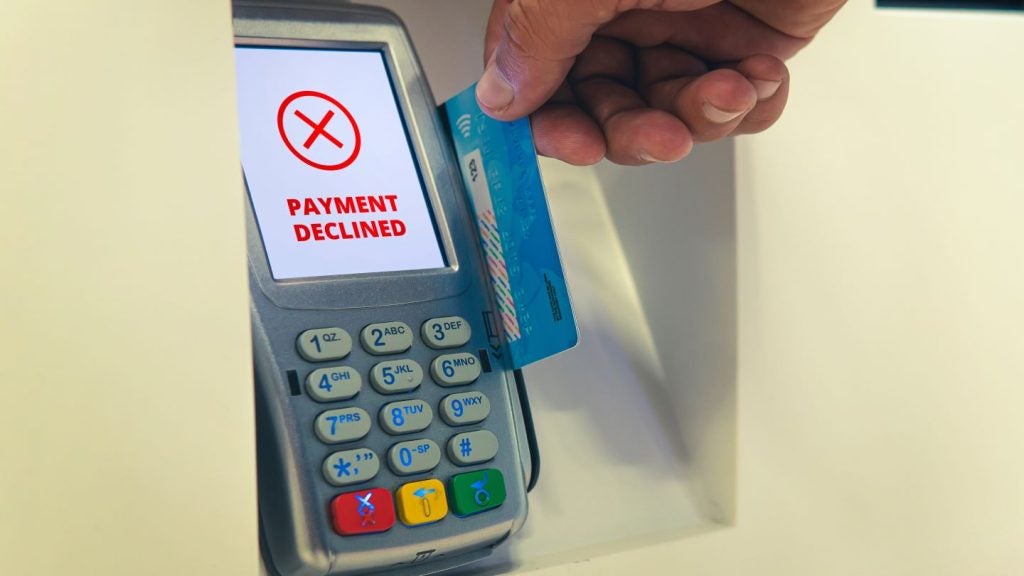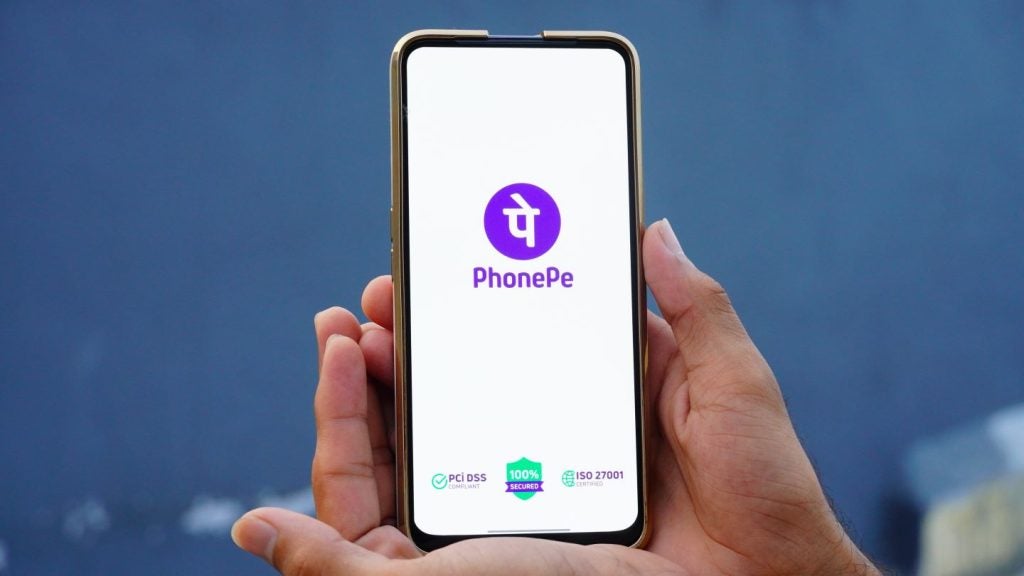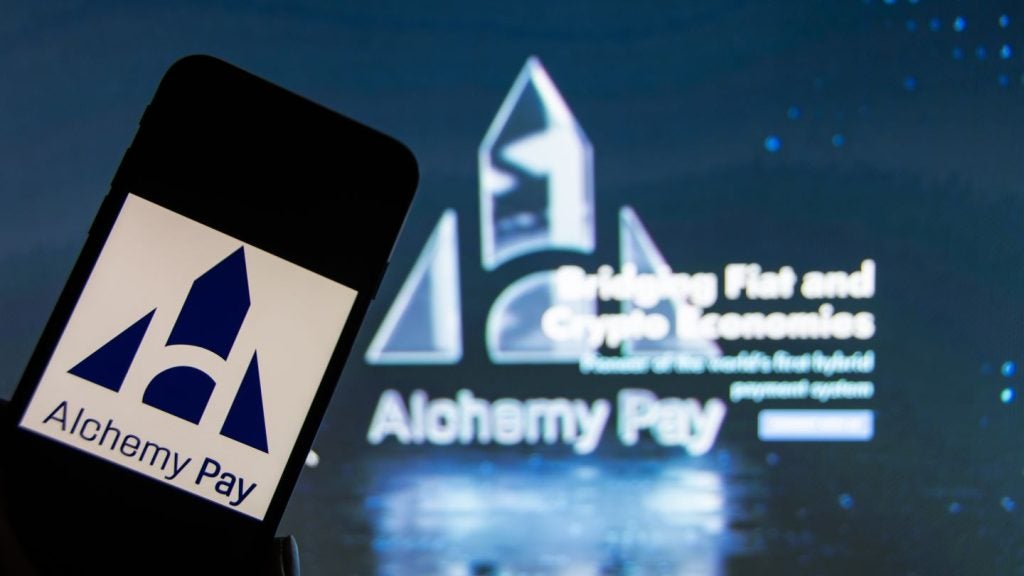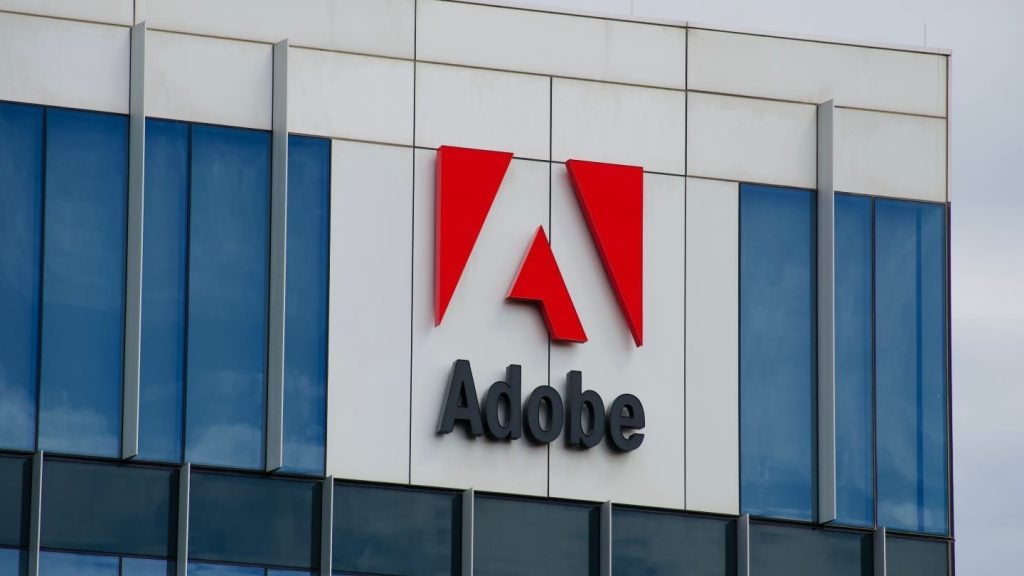Over the past year, many payment providers—including prominent players such as WeChat, Visa, Amazon, and Mastercard—have been piloting and even launching their own palm recognition payment systems. These launches coming in such quick succession is acknowledgement by the industry that palm recognition is the most convenient and secure biometric alternative to mobile wallets.
In February this year, Visa Asia-Pacific’s Head of Innovations, Kunal Chatterjee, commented that biometric payments will become mainstream within the next decade. His comments are supported by a wave of industry activity in this space.
Amazon One launch, Mastercard partners with Ingenico
In March, Amazon One, Amazon’s own palm payment system, was launched across its Whole Food Market US chain, while just last month, Mastercard piloted its palm recognition payment in Uruguay in partnership with Ingenico. Visa also showcased its own palm recognition payment technology at one of its innovation centers in February, while WeChat’s system—launched in May last year—is now available in subway stations and convenience stores across major cities in China.
Over the past decade, many different methods of biometric recognition have been proposed and tested for payment authentication including fingerprint, facial, iris, and voice recognition. None of these made any impact in the payments sector, with the mobile wallet becoming the next big thing.
Comparing the different methods of biometric recognitions proposed for use on payment authentication, the palm recognition is by far the most suitable. The fingerprint recognition required physical contact on the scanner glass, which is not ideal especially after the global pandemic.
Other methods including facial, iris, and voice recognition are not ergonomic enough or ideal in certain environments, hence they will not offer a seamless process that is superior to what is currently available. This leaves the palm print scanning method as the most ideal, and the process is not much more different to waving a payment card or mobile phone NFC over a POS terminal.
Palm recognition: additional level of security
Security wise, biometric recognition is far more difficult to replicate than NFC or QR, and for an additional level of security, palm recognition can also incorporate the reading of veins under the palm, combining the palm print and vein patterns. Therefore, the move by these payment heavyweights in the payment industry over the past year to launch palm recognition payment systems indicates that this will be the standard for biometric payments.
Many consumers may be skeptical initially, which was the same experience when mobile wallets were first introduced. Consumers will slowly recognise, however, that the palm payment is far more convenient than the mobile wallet as there is no need to take anything out of the purse or pocket or unlock a device when making payments.
Arnie Cho is a senior analyst, payments at GlobalData

